2019 is a special year for many people. In particular, 2019 marks the 100th anniversary of the establishment of the Korean Provisional Government. However, many people don’t know the meaning of the 100th anniversary of the establishment of the Korean Provisional Government. What is the Korean Provisional Government? And what kind of people were in that government at that time? ST discusses the 100th anniversary of the establishment of the Korean Provisional Government. ............................Ed
From Past Shanghai to Present Korea
On April 9, people who were originally from Shanghai finally returned to their homeland. The Ministry of Patriots and Veterans Affairs has been carrying out a project to repatriate the ashes of the activists for Korean independence who were buried in a foreign country since 1975. Three independence movement activists returned to their homeland two days before the 100th anniversary of the establishment of the Korean Provisional Government. Among the three independence movement activists, patriot Kim Tae-yeon is closely related to us; he is the 8th graduate of SSU. He is our senior and alumni.
Born in Jangyeon, Hwanghae-Do Province, in 1891, patriot Kim Tae- yeon graduated from SSU in 1917. And when the March 1st Independence Movement was launched, he defected to Shanghai in May 1919, leaving his wife and four daughters, to join the independence movement. He led the self-governing activities of Koreans, raised funds for the army, and bought bombs and weapons. Also, he joined the armed struggle, including the destruction of Japanese government offices and the assassination of Japanese officials. Moreover, since he served as a member of the provisional Legislative Assembly of the Korean Provisional Government, it is more meaningful to bring his ashes back on the 100th anniversary of the said government.
The anniversary of the Korean Provisional Government, in which patriot Kim Tae-yeon served, falls on April 11. However, we have only been busy memorizing the date; we have to wonder how the Korean Provisional Government in Shanghai was, what kind of people they were, and how they could live with only one purpose of regaining the independence of their own country. Now, it is time to recognize those who enabled us to live freely. By celebrating the establishment of the Korean Provisional Government, let us listen to its history.
The Establishment of the Korean Provisional Government
The March 1st Independence Movement
It is assessed that the March 1st Independence Movement significantly led to the establishment of the Korean Provisional Government. Before the movement, the First World War ended in 1918, and the Paris Peace Conference was held after the war. In Tokyo, Japan, Korean students issued the February 8th Independence Declaration. Therefore, the religious community and the students thought that those situations around the world provided excellent opportunities to let the world know about the Koreans’ will for independence, and, thus, established the independence movement. The leaders of the movement held an independence declaration ceremony at the Taehwagwan Restaurant, Seoul, and reported it voluntarily to the Japanese police. At the same time, the Independence Declaration was read in Tapgol Park, and people started marching through the streets, shouting, “Manse!” All over Seoul, “Manse” could be heard.
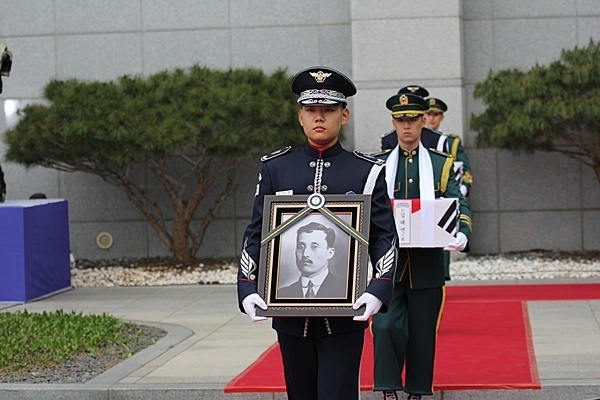
The Korean Provisional Government
The March 1st Independence Movement, which began in 1919 in various parts of the city and the rural areas of Joseon (Korea), brought hope to many ethnic leaders and independence movement activists of domestic and foreign origins. On April 11, 29 representatives of the independence movement from Shanghai, Joseon, Russia, and other countries gathered at the French concession (the settlement of foreigners in an invaded country) in Shanghai. They held a meeting to establish the Korean Provisional Government. At the meeting, the Provisional Legislative Assembly was formed; the 10th provisional charter was announced; and they launched the Korean Provisional Government as a democratic republic form of government, designating Rhee Syng-man as a Prime Minister. Consequently, the Korean Provisional Government began in Shanghai on April 11. However, the anniversary of the founding of the Korean Provisional Government was celebrated on April 13 until last year, based on a classified document of the Japanese consulate general in Shanghai that contained details of major incidents of independence movements of Korea. But the accuracy of the documents was not reliable, and an argument was raised by the academe. As a result, beginning 2019, the anniversary of the Korean Provisional Government was set on April 11, the date when the constitution was completed.
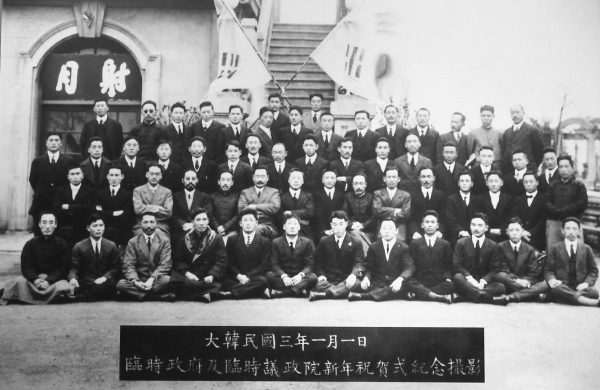
The Role and Activities of the Korean Provisional Government
Through the establishment of the Korean Provisional Government, several political organizations in Seoul, China, and Russia were united, and the republican government with a democratic ideology was born. Starting with a parliamentary system as a criterion, other political systems like the presidential system or the corrective leadership system were either added or excluded. Finally, the Korean Provisional Government became the major organization of the independence movements against Imperial Japan.
The provisional government systematized the interior organization to carry out independence movements. Also, the provisional government operated secret organizations, such as the Yeontongje and the Gyotongguk, which were devoted to diplomatic activities. The Yeontongje was a contact office connecting Shanghai and domestic agents. It also raised funds for the army, and reported information. The Gyotongguk was a transportation office that collected and analyzed information. It also recruited people for the provisional government as well as its office.
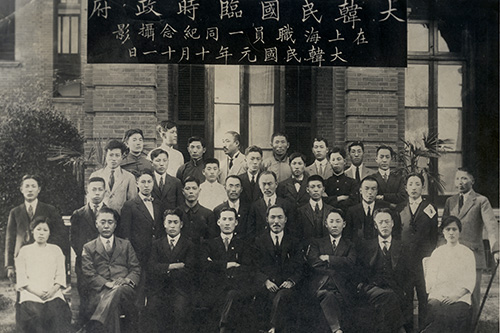
The People of the Korean Provisional Government
Now, let us study the people who established, operated, and reformed the Korean Provisional Government. According to a survey conducted by the Ministry of Culture, Sports, and Tourism, a total of 1,004 adults were asked to cite a word or an image that came to mind regarding the Korean Provisional Government. About 31.4% among them chose Kim Koo as the most representative figure. As the survey indicates, we do not know much about the people who devoted themselves to the Korean Provisional Government other than Kim Koo. However, Kim Koo was not the only person who participated in the provisional government. There are more people whom we should know about, including SSU alumnus Kim Tae-yeon. Among them, several patriots who helped and fought for the Korean Provisional Government are introduced.
Patriot Yun Hyeon-jin
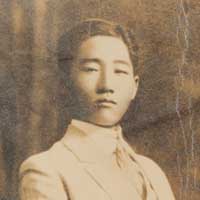
On March 21, 1919, right after the launch of the March 1st Independence Movement, patriot Yun Hyeon-jin defected to Shanghai, and joined the provisional government, to serve as a committee member of Home Affairs and as a committee member of Kyongsang-Do Province. He was also the initiator of The Independent, the first English newspaper in Korea. Later, he served as a Minister of Finance to be in charge of the money of the Korean Provisional Government. He struggled to restore and secure the financial state of the provisional government. He even used the capital of a company where he worked as an executive to help the provisional government. Moreover, he tried to resolve the conflicts of the provisional government and reform it. Unfortunately, patriot Yun Hyeon-jin passed away from overwork on September 17, 1921 at the young age of 29. The funeral was held as a state funeral, and many people attended to commemorate him.
Patriot Yeon Mi-dang
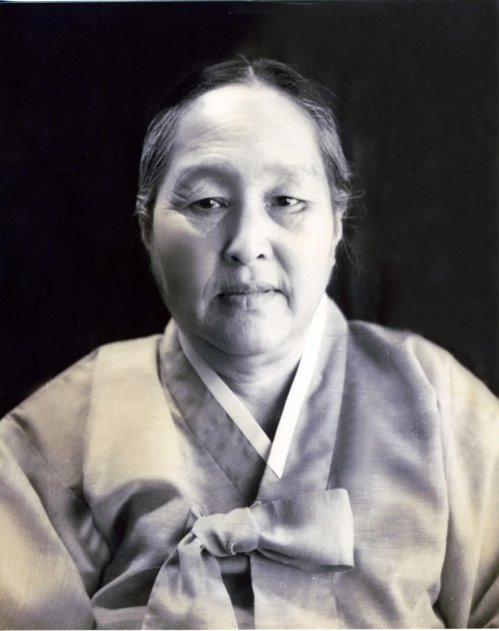
Yeon Choong-hyo was born in Bukgan-do. She is also called Yeon Mi-dang. Her father was also an independence movement activist. In the Korean Provisional Government, she encouraged many women to participate in the independence movement. She served as a committee member of the Provisional Legislative Assembly. Though the efforts of women seemed to many unnoticed, Yeon Mi-dang helped many activists in subtle ways. She nursed old and injured independence movement activists. She even took care of Kim Koo when he was shot. Also, there is a story that she wrapped the bomb of Yoon Bong-gil with a piece of cloth. Facing the independence of her homeland, Yeon Mi-dang also tried to uphold the rights and the status of women, and defended the women`s movement with the goals of achieving gender equality and the liberation of women.
George Ashmore Fitch
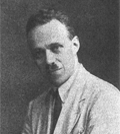
George Ashmore Fitch was the missionary who worked for the approval of the Korean Provisional Government. He was born in Korea, and his parents were also missionaries who supported the independence of Korea. After he became a pastor in the U.S. and went back to Korea, he introduced American politicians to Korean independence movement activists so that they could appeal to the U.S. officials.Also, he raised funds for schools and organizations in Korea. He even sheltered representatives of the provisional government, including Kim Koo, in his house for a month when Japanese police sought them after Yoon Bong-gil set off a bomb. When they were found, he helped them flee to Shanghai. Additionally, he wrote to Chinese and U.S. leaders to get approval for the Korean Provisional Government, and opened the communication lines between the Nationalist Party of China and the Korean Provisional Government. He played an important role in getting Americans to pay attention to Korea.
Patriot Oh Yeong-seon
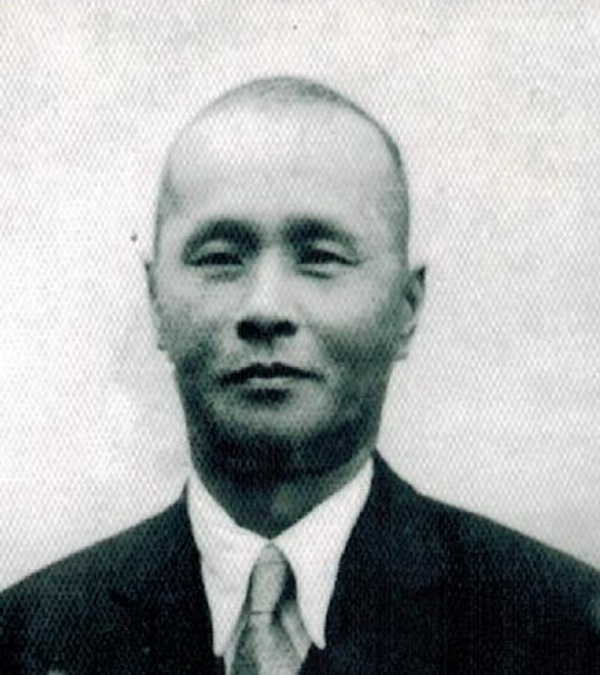
Oh Yeong-seon was born in Goyang, Gyeonggi-Do Province. He was the son-in-law of Lee Dong-hwi, the Prime Minister of the Provisional Government. Originally, he led the independence movements in Manju (Manchuria) to train soldiers, but after the attack of the Imperial Japanese Army, he moved to Shanghai and joined the Korean Provisional Government as Chief Secretary and supported Prime Minister Lee Dong-hwi. When the provisional government was in chaos due to arguments about reformation, he struggled to achieve harmony, saying that “In the sense of independence activists, we are all in this together.” After the reformation, he served as the Minister of Justice and revised the constitution for better governance. In addition to those works, he served the provisional government in various roles. However, most of his efforts toward harmony and reformation failed. He passed away due to illness on March 10, 1939.
The Events in the 100th Anniversary of the Korean Provisional Government
In 2019, 100 years have passed since the establishment of the Korean Provisional Government. For the centennial celebrations of the provisional government, “The Presidential Committee for the Events in the 100th anniversary of the March 1st Independence Movement and the Korean Provisional Government” was founded. So, the committee organized different events in and out of the country.
The Centennial Celebrations of the Korean Provisional Government
On April 11, at Yeouido Park, a Centennial Celebration of the Korean Provisional Government was held. About 6,000 people attended the event, including key national figures, citizens, independence patriots, and their bereaved families. Under the theme of “History protected by people, Country that will be led by people,” the ceremony was held to commemorate the 100th anniversary of the establishment of the Provisional Government of the Republic of Korea, which is regarded as the origin of the country’s democratic constitution, and is the greatest achievement of the March 1st Independence Movement. It also aimed to highlight its historical significance and achievements.
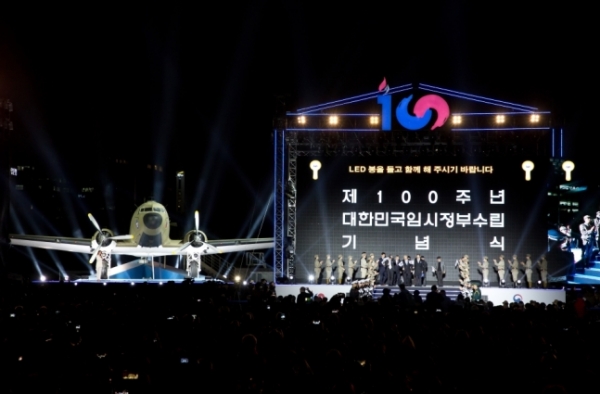
International Seminar
On April 11, an international seminar was held in Shanghai, China, in honor of the 100th anniversary of the March 1st Independence Movement and the establishment of the Korean Provisional Government. Under the theme of “East Asia of 1919, Dreams’ Massive Shift,” more than 150 historians came from South Korea, China, and India. At the seminar, anti-imperialist campaigns and movements to establish a democratic republic in 1919 conducted by China, India, and Vietnam was emphasized, and the new future of East Asia was discussed. Chung Hae-koo, chairman of the Policy Planning Committee, said, “I hope this seminar can be an opportunity to look back on the future that East Asia wished 100 years ago, and an opportunity to reflect on what we are today to see and design a new future.”
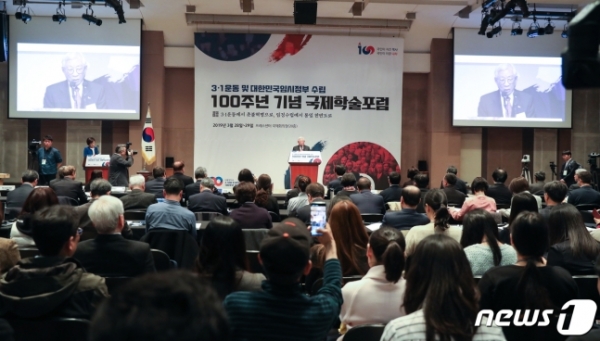
The Commemorative Stamps
On April 11, Korea Post Office issued 624,000 stamps to commemorate the 100th anniversary of the establishment of the Korean Provisional Government. Stamps contain historical scenes of the New Year celebration of the provisional government and the provisional charter. “The stamps were issued to remind the world of the noble values of the Korean provisional government, which demonstrated the will for independence of the Korean people,” said an official of the Korea Post Office.
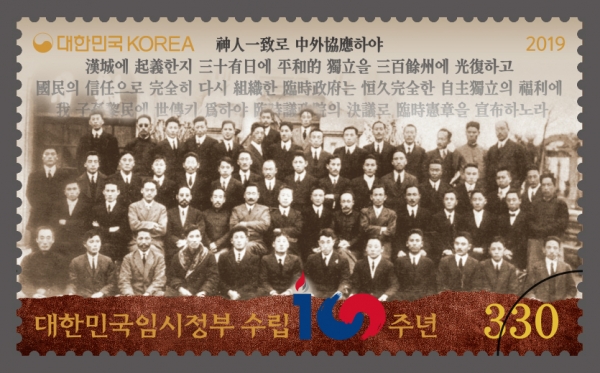
Restoration of the G.H.Q. (General Headquarters) of theKorean Independent Army
On March 29, the G.H.Q. of the Korean Independent Army in Chongqing, China, was restored. As a regular military base of the Korean Provisional Government, restoration was completed before the 100th anniversary of the Korean Provisional Government. At a ceremony,Prime Minister Lee Nak-yon said that it is our responsibility for Korean Independent Army to restore the G.H.Q.
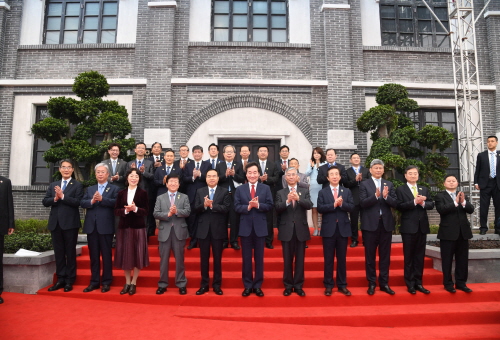
Special Exhibition <Independence, When That Day Comes>
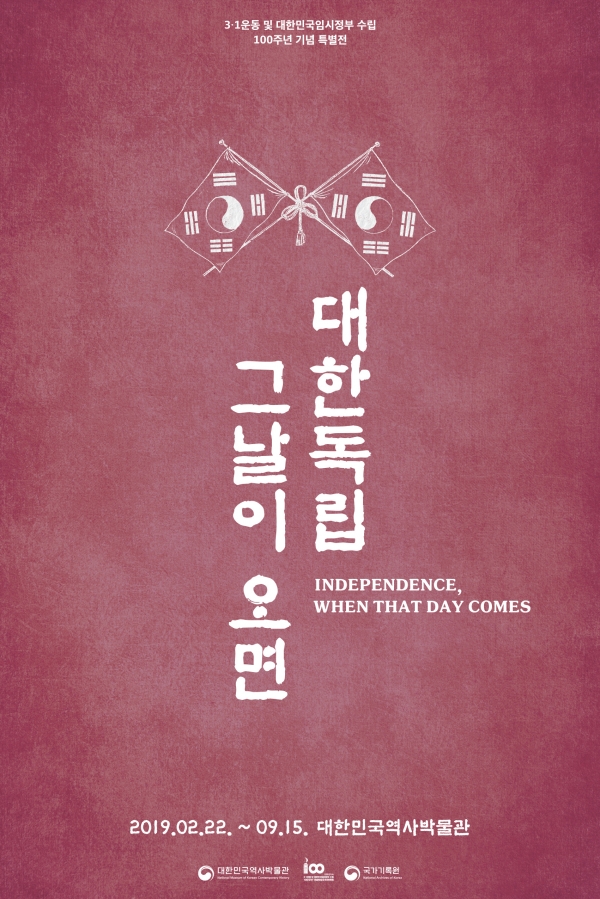
To mark the 100th anniversary of the March 1st Independence Movement and the establishment of the Korean Provisional Government, the Korean Museum of History planned a special exhibition. The exhibition features the story of the March 1st Independence Movement and the provisional government through various historical documents and artifacts. You can see the
Declaration of Independence and the building of the provisional government. The special exhibition will run until September 15. If you want to feel the excitement of the March 1st Independence Movement and the establishment of the Korean Provisional Government, how about visiting it?
Special Exhibition <Women of theIndependence Movement: Memories of 100 Years Toward the Future>
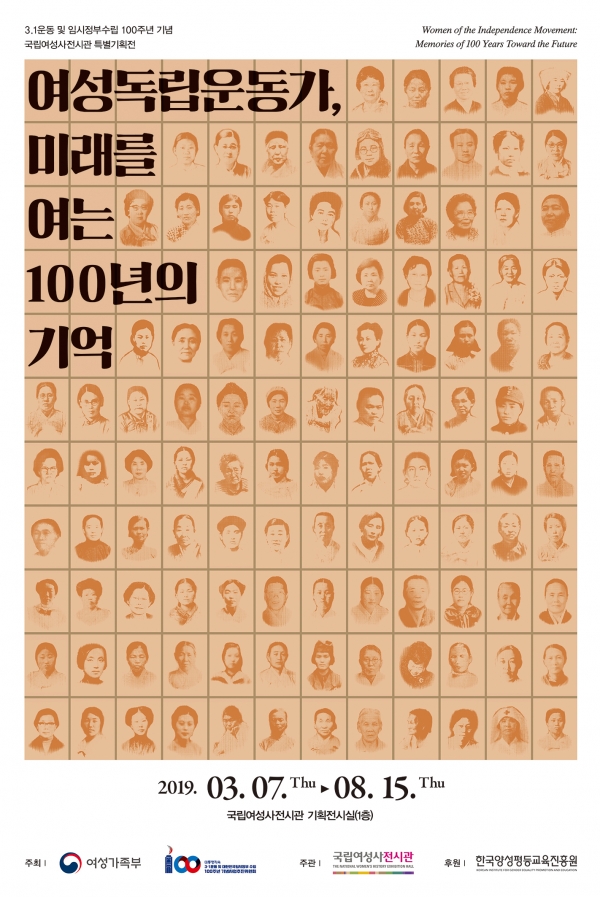
The National Women’s History Exhibition Hall also organized a special exhibition. In particular, it focuses on the noble spirit and activity of women independence activists who have contributed to the independence of Korea. The exhibition introduces the history of the women’s independence movement. Here, you can see women who joined the March 1st Independence Movement, those who devoted themselves to the provisional government, and who joined the Korean Independent Army and fought against the Imperial Japanese Army. The exhibition will run until August 15. If you want to see all 357 women independence movement activists, visit The National Women’s History Exhibition Hall.
What We Have to Do
Showing no interest in the history of the past does not affect heavily in our daily life. However, American novelist James Baldwin said, “History is not the past. It is the present. We carry our history with us. We are our history.” “The great force of history comes from the fact that we carry it within us, is unconsciously controlled by us in many ways, and history is literally present in all that we do.” We cannot make a documentary, or plan an event about it. But as James Baldwin said, history will unconsciously exist in many ways. Therefore, though we cannot achieve something notable, we can ponder where this freedom came from, or we can visit the provisional government building during a trip to Shanghai. Why don`t we celebrate it in our own simple and small way?
Kim Yun-ha (ST Reporter)
yunha9971@soongsil.ac.kr
Oh Ye-sung (ST Reporter)
ohyesung26@soonsil.ac.kr


